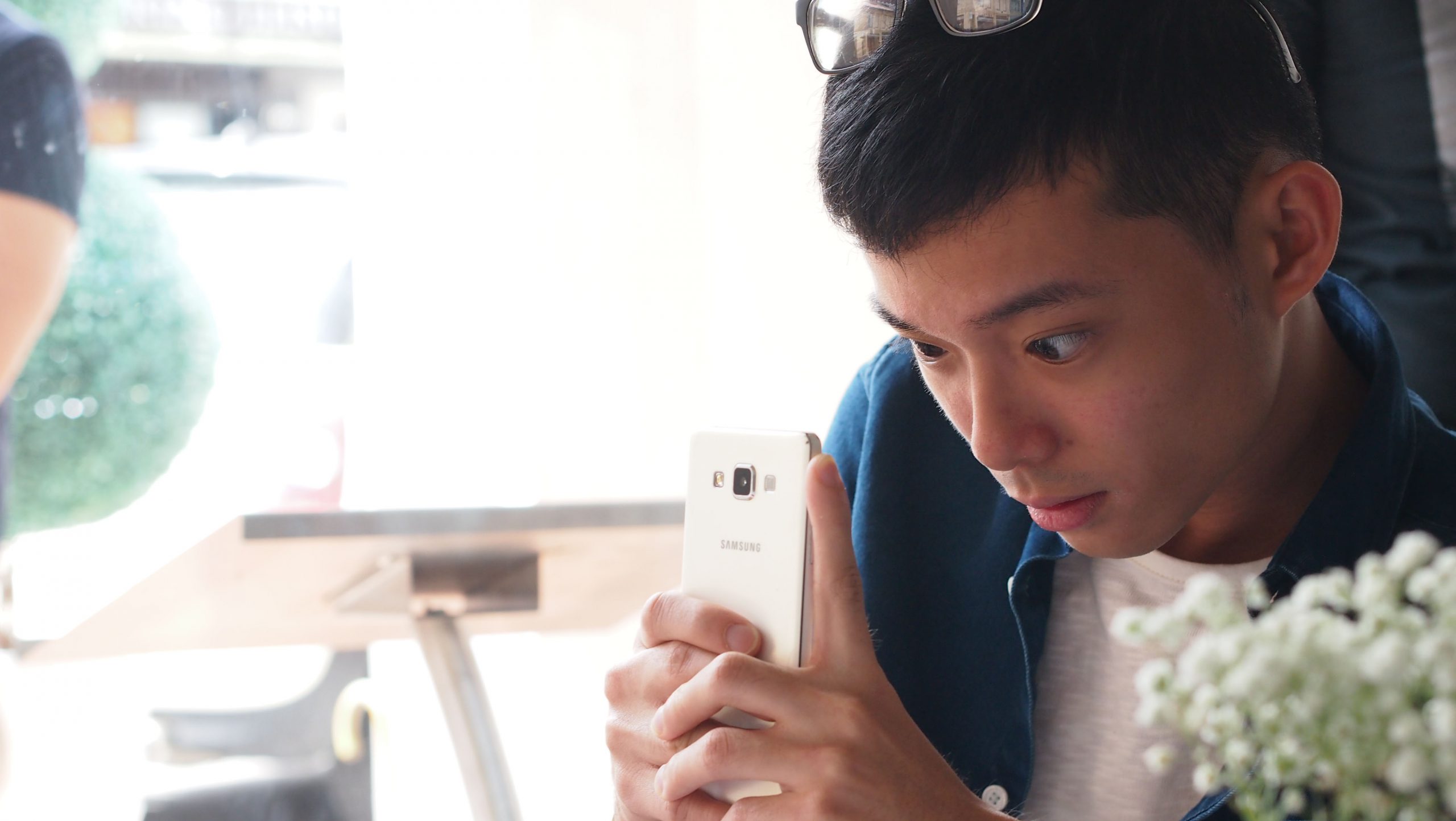The Link Between Creativity, Personality, and Art in Communication Students: Singapore
June 23, 2023

Impact Journalism Day is celebrated every year in mid-June. Backed by Sparknews, a collective based in Paris, newspapers around the world are encouraged to publish a series of articles on local initiatives to improve people’s living conditions and protect the planet. This collaboration highlights the key role that journalism plays in raising awareness about social causes and calls to action, which requires journalists and media industry workers to exercise creativity and work collaboratively with others. Sometimes, art can also help journalists bring their message across to the audience. How should curriculum designers and practitioners then understand communication students’ creativity, personality and relationship with art, in order to prepare them for the changing workforce?
In ‘The Link Between Creativity, Personality, and Art in Communication Students: Singapore’ (Journalism & Mass Communication Educator, 2022), Dr Ariadne Angulo-Brunet (Universitat Oberta de Catalunya) and Associate Professor Maria T. Soto-Sanfiel (NUS Communications and New Media) elucidate the connections between different types of creativity, different personality traits, and one’s relationship with art in NTU Wee Kim Wee School of Communications and Information (WKWSCI) communication students.
Firstly, the researchers identify five different domains of creativity: (1) self/everyday creativity, (2) scholarly creativity, (3) performance creativity, (4) mechanical/scientific creativity, and (5) artistic creativity.
Next, the researchers draw upon the Five Factor personality model to derive five personality trait metrics: (1) openness to experience, (2) conscientiousness, (3) extraversion, (4) agreeableness, and (5) neuroticism.
In terms of art, the researchers focused on communication students’ interest in and enjoyment of art, their perception of the value of art in society, and their willingness to spend time or money supporting arts groups.
The study found that communication students with high levels of scholarly creativity and artistic creativity demonstrated a strong relationship with art. In other words, students who perceived themselves to be interested in applying different emotional and cognitive strategies to the analysis, debate, and solution of academic problems (scholarly creativity), or interested in traditional means of creative expression like sculpture, drawing, or painting (artistic creativity), were more likely to be interested and invested in art.
Furthermore, a relationship with art was moderately correlated with self/everyday creativity, but not with performative creativity or scientific creativity. Self/everyday creativity entails finding and applying the best solutions to everyday problems to lead a happy life and improve social relations. Meanwhile, performative creativity centres around the conception and production of public presentations, including musical and artistic texts like music, acting, and writing. Scientific creativity refers to technical problem-solving and innovative engineering. This finding suggests that communication students in Singapore see science and art as clearly delineated domains, while perceiving creative performance to necessitate other considerations besides art and design, such as the pragmatics of public presentations.
Finally, openness to experience was strongly associated with one’s relationship with art, while agreeableness was also moderately linked to art. Openness to experience describes one’s willingness to engage with new ideas, intellect, and demonstration of curiosity, especially in novel situations, while agreeableness is associated with flexibility, sympathy, and forgiveness. Both personality traits were correlated with self/everyday creativity. Hence, the researchers propose that creativity, personality, and art are linked in communication students by the intersection of self/everyday creativity, openness to experience, and agreeableness, and one’s interest and investment in art.
Read the article here.
